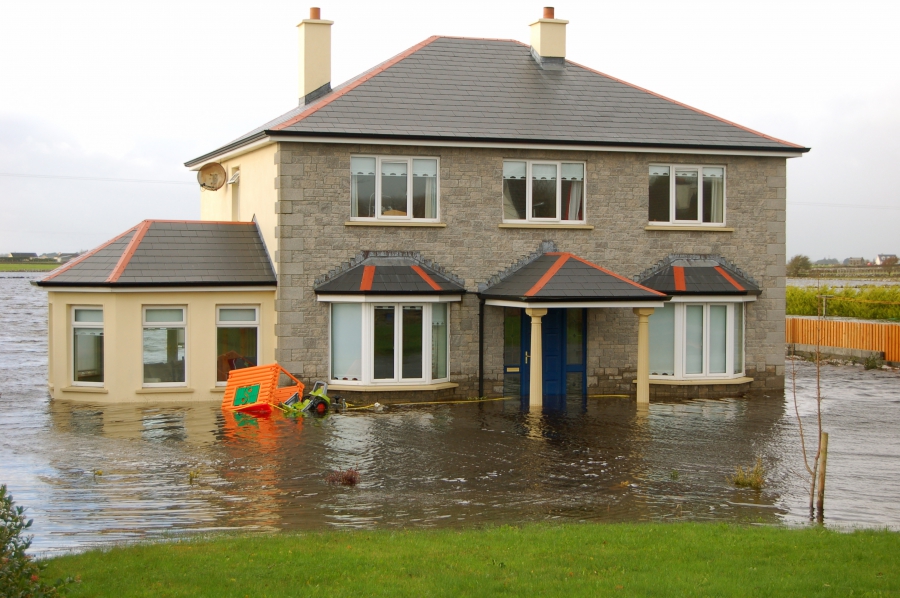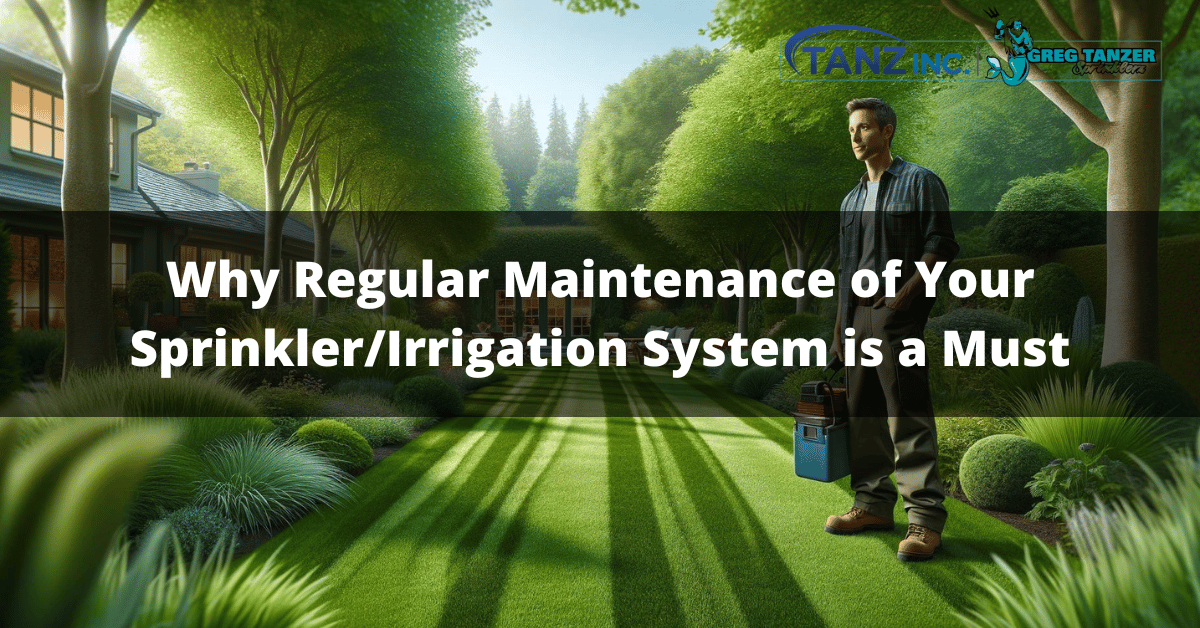 Home and business owners all hope to never be affected by flood conditions, but flooding is unfortunately difficult to predict and can devastate an area in a matter of hours. If you find yourself facing the aftereffects of flood conditions, give these tips a try to salvage your saturated lawn and return it to its green, healthy state. Note that these tips are geared towards lawns that have been underwater for less than a week.
Home and business owners all hope to never be affected by flood conditions, but flooding is unfortunately difficult to predict and can devastate an area in a matter of hours. If you find yourself facing the aftereffects of flood conditions, give these tips a try to salvage your saturated lawn and return it to its green, healthy state. Note that these tips are geared towards lawns that have been underwater for less than a week.
What Should I Do For My Lawn After A Flood?
Let It Dry
You’ll want to give your lawn a chance to dry out and get firm again before commencing any sort of work. This could take days, so avoid walking and driving over it in the meantime to prevent further damage.
Remove Silt & Debris
Once your lawn is dry and firm, you’ll want to clear it of any debris left behind by the floodwaters, including trash, branches, uprooted plants, leaves, etc. You may also notice deposits of silt throughout your yard. These can harden into a crust that blocks oxygen, so you’ll want to remove as much silt as you can.
Correct Erosion
Besides silt deposits, you may also encounter low spots, exposed roots, and other evidence of erosion. Fill these areas in with topsoil, and be sure to cover all plant roots with the original soil thickness.
Aerate If Necessary
If the weight of the floodwaters has compacted the soil in your lawn, you may need core aeration in order to let water and nutrients back into the soil. Aeration can also help if you’re encountering problems with silt crust buildup.
Practice Proper Lawn Care
Keep your grass actively growing with proper lawn care. This means watering at appropriate times for appropriate durations, fertilizing properly, mowing to the correct height, etc. Automate your sprinkler system for extra convenience and money savings. We can handle the installation for you! As New Jersey’s “Irrigation King,” Tanz Inc. knows irrigation systems.






